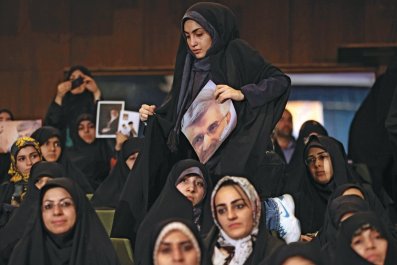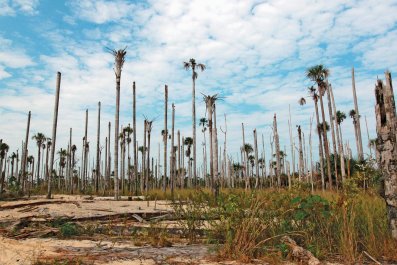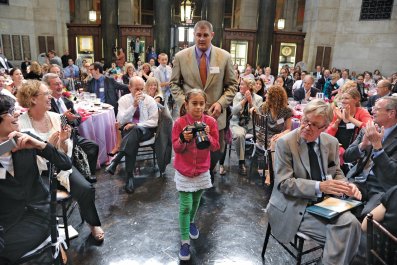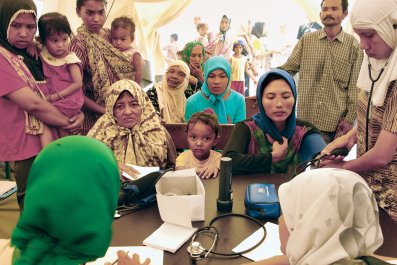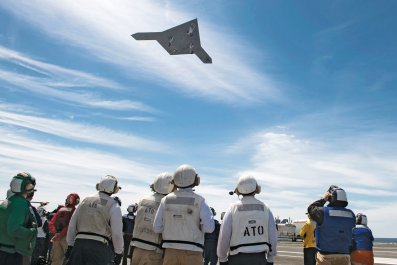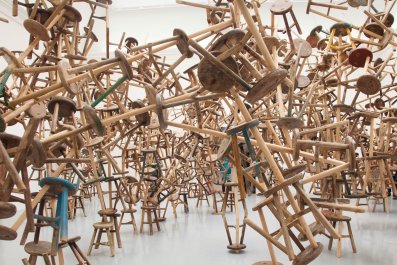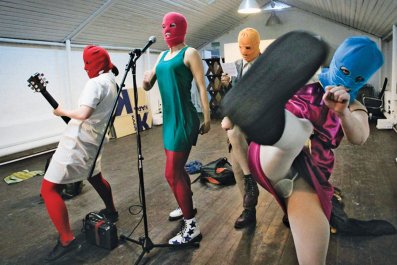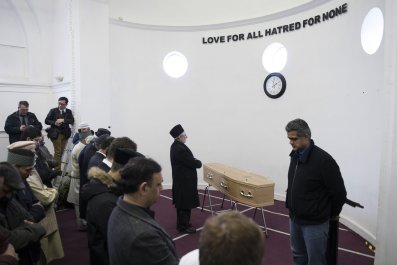AS GOOGLE'S computers stare down at the surface of the Earth, countless faces in the landscape are staring back. Earlier this year, staff at the innovative German design firm Onformative got interested in what's called "pareidolia," the well-known human inclination to find animal shapes in clouds or see a face on the moon. What would happen, they wondered, if you wrote an algorithm that would search for such images? And so they did. Then they set it to work scanning the entire globe as shown by the satellite imagery found on Google Maps. The results are sometimes cartoonish and funny, sometimes disturbing, often beautiful. They're also slow in coming. According to Cedric Kiefer at Onformative, their bot has been zooming in and out for about two months and only covered about 5 percent of the globe so far. One striking difference between human perceptions and the machine's: people often imagine religious or historical imagery, like the Virgin Mary on a piece of toast. "We haven't found anything that looked like a religious figure," says Kiefer. But he wouldn't rule that out for people who "believe in something and actually want to see something."
When Computers Search for the Virgin Mary in Google Maps






